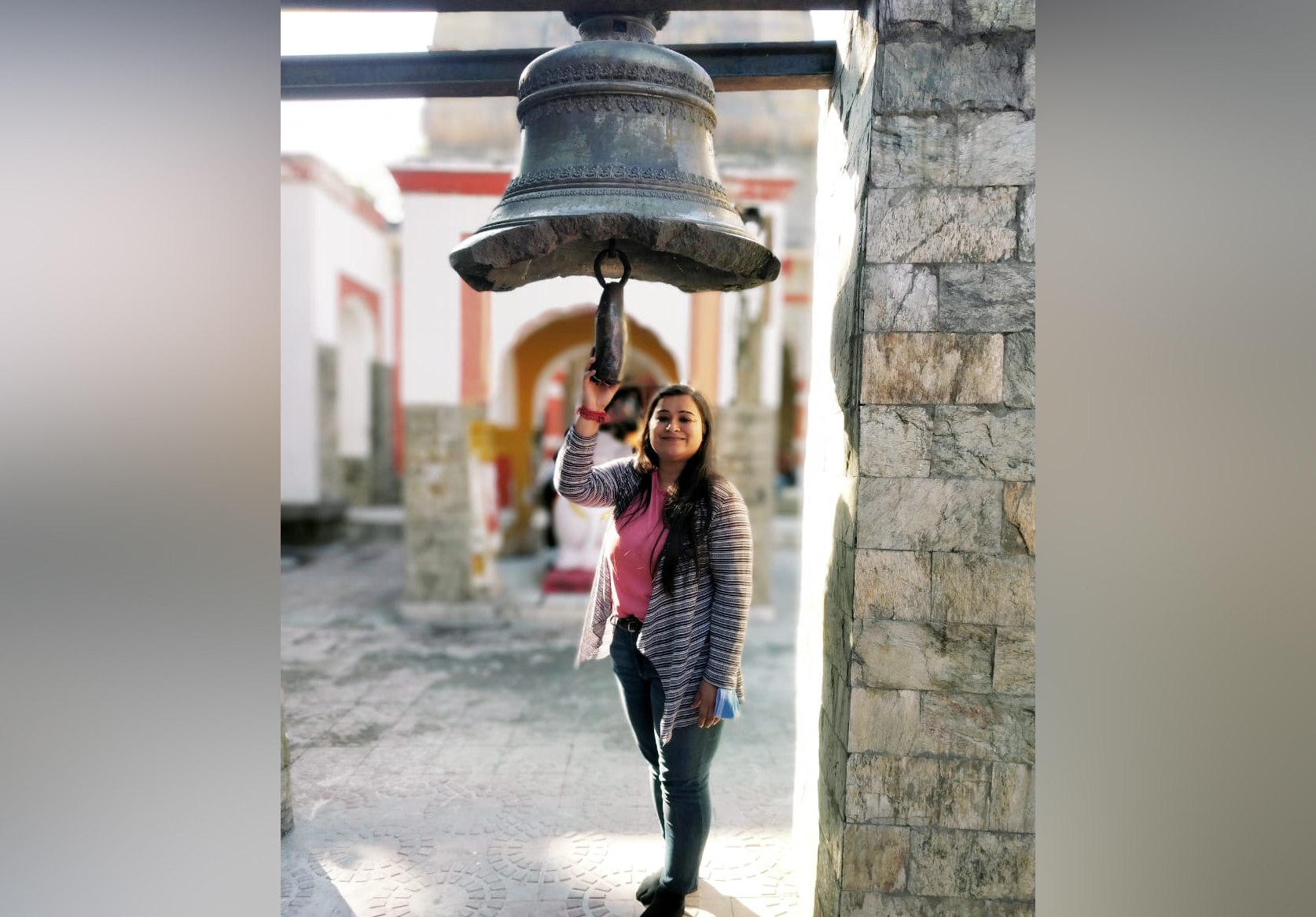SAMVEDNA SHARMA
My recent visit to Uttarbehni (North Flowing), which is about 5 Kms from Purmandal, famous as a ‘Chhota Kashi’ in Duggar Pardesh, was knowledge-worthy and memorable. The temple complex located here was patronized by the royal family of Jammu and Kashmir.
Interestingly, here at Uttarbehni, river Devika takes a turn and starts flowing northwards which is not heard or seen anywhere and thus river defies the nature’s law and known by this name-Uttar (North) Behni (flowing).
Maharaja Ranbir Singh and his son as well as successor Maharaj Pratap Singh was great devotees of this shrine and had set up a Vedic Pathshala here, where se veral students used to study.
The attachment of Dogra rulers with this shrine started with founder of new Dogra kingdom Maharaja Gulab Singh, who was strictly forbidden to hunt at this place by a sage, who came in his dreams and instructed him to make a temple here. Adhering to the instruction, Maharaja had put the foundation of Gadadhar temple at this place. Gadadhar Temple (of Lord Vishnu), one of most magnificent temples, is situated on the bank of legendary Devika and is having centuries old temples. This Temple was built by Maharaja Gulab Singh in 1850. The other temples dedicated to Lord Shiva were built by his successors. Temple is rectangular in shape and house various deities. The unique feature of Gadadhar Temple is the huge bell which is hanging on the iron bars on pillars in the main temple of Lord Shiva. This bell is made up of five to seven precious metals, which are connected to the planets: lead (Saturn), tin (Jupiter), iron (Mars), copper (Venus), mercury (Mercury), silver (the Moon) and gold (the Sun).
As per a Legend if a person is able to strike the bell three times in one go, it (the bell) provides Positive energy, spiritual peace besides fulfillment of wishes. In Vedas, spiritual bell has symbolic meaning in Hinduism. The curved body of the bell represents Ananta (endless’ or ‘limitless’, also means ‘eternal’ or ‘infinity’ which represents Vishnu, balance of finity within infinity). The clapper or tongue of the bell represents Maa Saraswati, who is the Goddess of Wisdom and Knowledge. The handle of the bell represents Prana Shakti i.e. vital power. It is symbolically linked to Hanuman, Garuda, Nandi (bull) or Sudarshana Chakra. Spiritual bell is generally hung at the temple dome in front of the ‘Garbhagriha’. The word ‘Garbhagriha’ which means “womb chamber”, has been derived from the Sanskrit words ‘Garbha’ (womb) and ‘Griha’ (house). The sound of the bell is considered auspicious which welcomes divinity and dispels evil. The sound of the bell is said to disengage mind from ongoing thoughts thus making the mind more receptive.
(The author is a Research Scholar pursuing Ph.D. from Jammu University)
Trending Now
E-Paper


